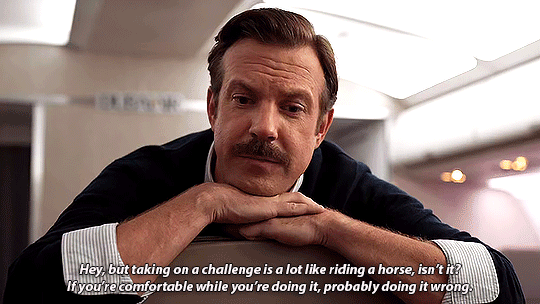Book Review: Hidden Potential by Adam Grant
Applying the science of achieving greater things with language learning
The most recent non-fiction book I read was Hidden Potential by Adam Grant. It teaches you how to enhance your own and others' ability to improve. It starts by outlining the attributes that are associated with growth. Then, it into detail about the external elements that influence motivation. Finally, it discusses how larger systems can expand opportunities. Have you read it yet? I found the first two sections relevant to language learning, and I appreciated how he touched on the subject.
Grant asserts a widely acknowledged educational tenet: the path to meaningful learning is often filled with challenges. More importantly, the pursuit of expertise isn’t about possessing natural talent; rather, it’s about embracing the discomfort that comes with growth.
🎓Hidden Potential Takeaways for Language Learners
📢 Communicate, Immediately: The book highlights the importance of speaking the language early on, even if we only have a basic level of proficiency. Sara Maria, the polyglot interviewed in the book, suggests that we should begin speaking new languages we learn right away, regardless of feeling uncomfortable to gain a better grasp of it.
👶 Be Childlike: Grant highlighted the advantages children have in terms of brain plasticity and their ability to handle embarrassment and mistakes. Despite the recognition that neuroplasticity persists into adulthood, this doesn't limit adults from learning new skills, such as acquiring foreign languages. Children's knack for not caring about looking silly or being judged boosts their fast learning pace. By not caring about judgment, we can learn more freely and effectively.
😣 Seek Discomfort Instead of Information: A study found that people who sought discomfort rather than new information experienced impressive results. When people view discomfort as a sign of personal growth, they are inspired to step out of their comfort zones, resulting in improved learning outcomes.
😅 Lean into Mistakes: The book underscores the importance of courage and the educational power of errors. It suggests that growth and learning are deeply intertwined with the willingness to endure discomfort and make errors. The approach involves mustering the bravery to commit more errors than the number of attempts others might make, increasing one’s experiences of discomfort. This is characterized as an aspect of an individual’s personality and a key form of resilience.
I'm still trying to convince myself that I can find fun in uncomfortable or challenging situations. Logically, I know that the unpleasantness usually comes from our anxiety about a task, not the task itself. I also know that to achieve meaning and effectiveness, we must separate the task from our emotions and train our brains to associate the task with reward. Oftentimes however, the 嫌 in me is strong.
One way we can go about this is to not judge ourselves harshly for the mistakes we make while learning. When we approach mistakes in a lighthearted and empathetic manner, we can enhance the experience of language learning. Grant asserts that learners who understand that errors are an inherent part of learning can maintain motivation while being less self-critical. Benny (p. 33), for instance, was a language learner who aimed for 200 mistakes a day. What do you think?






A goal I love setting: fail 10 times while practising Korean. 😁 Another metaphor linked to this: whenever you're learning something, pretend you have a bag full of marbles. Whenever you fail, you take a marble out of the bag. Your goal in learning is to empty the bag as fast as you can!
Ps: I read your entry a while ago and was waiting for some free time to comment! 😊
I agree with this so much, especially the parts about being childlike and beginning to speak right away.